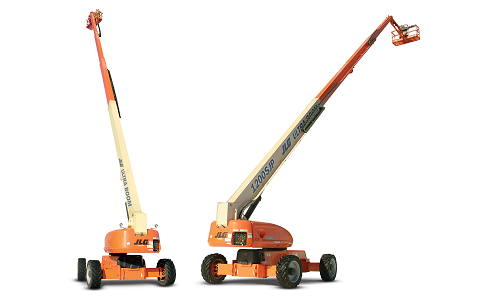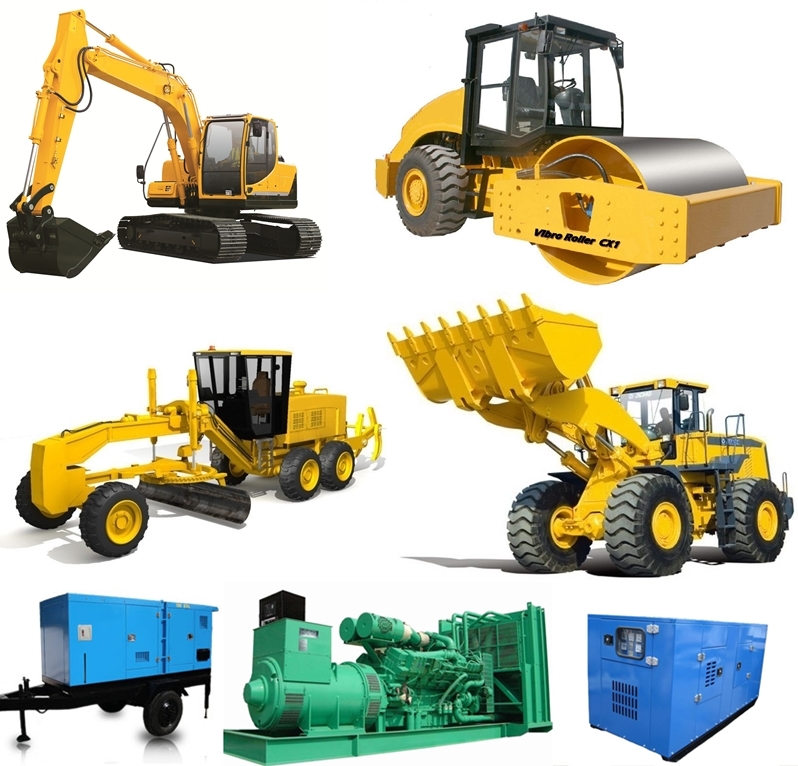Forklift Rental: Heavy Lifting Equipment for Warehousing and More
Maximize Your Spending Plan by Recognizing the Prices Connected With Building Equipment Services
Comprehending the complete scope of expenses associated with building and construction equipment services is important for optimizing your budget plan. While the initial rental fee might appear simple, countless additional expenses-- such as transportation, fuel surcharges, and upkeep-- can rapidly build up, impacting your economic preparation. Being aware of numerous fees and the ins and outs of rental agreements can assist avoid unexpected financial problems. What methods can be used to effectively handle these costs and guarantee a more effective rental experience?
Summary of Rental Costs
When considering construction devices leasings, understanding the connected expenses is critical for reliable budgeting and task preparation. Rental prices can vary significantly based upon numerous aspects, consisting of devices kind, duration of service, and location. The initial rental fee usually reflects the tools's market demand and its connected functional capacities, affecting the total expenditure.
Along with the base rental price, secondary prices might occur, such as transportation fees, gas surcharges, and upkeep fees. It is important to account for these extra costs to precisely assess the overall cost of leasing devices. The rental period can influence pricing; longer services might qualify for discounted prices, while temporary leasings may sustain higher daily fees.

Breakdown of Rental Rates
A detailed understanding of rental rates is necessary for service providers and project managers intending to maximize their budget plans. Rental rates for construction equipment generally are composed of several components, consisting of base rates, time-based fees, and use fees.
Base prices are the core costs associated with the leasing of the devices, usually established by the kind and dimension of the machinery. These prices can differ dramatically, affected by aspects such as devices need, schedule, and regional market patterns. Time-based charges, which might be daily, weekly, or monthly, offer to fit various task timelines and rental durations.
In addition, rental prices might include use fees, which apply when tools is utilized beyond a specified limit, ensuring that the rental company can represent damage. Seasonal need changes can additionally affect rental rates, with peak building seasons typically commanding higher costs.
In addition, recognizing the rental business's plans pertaining to upkeep and insurance coverage can give further insight into the total expense structure. By assessing these parts, professionals can make informed decisions, guaranteeing the choice of rental tools lines up with both job demands and spending plan restraints.
Additional Fees to Take Into Consideration
Understanding the ins and outs of extra charges is critical for specialists to handle their overall rental costs properly. Past the standard rental rates, various auxiliary costs can substantially influence the complete cost of devices service. These costs typically consist of delivery and pickup charges, which can differ based on range and logistics entailed in delivering the devices to and from the task website.
Moreover, some rental companies may enforce gas surcharges if the tools is returned with much less gas than when rented. It is also necessary to understand possible cleansing fees, especially for customized equipment that calls for detailed maintenance after usage.

Extensively examining the rental agreement and making clear these added costs upfront can assist professionals prevent unanticipated costs and guarantee that budgets continue to be intact throughout the task lifecycle.
Upkeep and Repair Service Expenditures
Normal upkeep and repair service costs are frequently neglected aspects that can dramatically affect the total cost of construction devices services. When renting tools, it is crucial to think about not just the rental fees but likewise the potential costs connected with keeping the equipment in ideal operating condition.
Many rental business consist of standard maintenance as part of the rental contract; nevertheless, extra unexpected failures or extensive repair services can lead to added costs. It's necessary to assess the rental contract carefully to comprehend what maintenance solutions are covered and what duties fall on the renter.
In addition, tools that is not properly maintained can result in inadequacies at work website, possibly creating hold-ups and raising project expenses. To mitigate these risks, it is a good idea to carry out regular evaluations and keep open communication with the rental carrier regarding any concerns that emerge during use.
Insurance Policy and Obligation Prices
Insurance and liability expenses are vital elements that can substantially influence the total cost of building devices rentals (heavy equipment rental). These expenses ensure that both the rental business and the client are shielded from possible monetary losses occurring from mishaps, damage, or theft during the rental period

In Visit Website addition, clients need to understand any deductibles or exclusions in the insurance policy, as these can affect potential out-of-pocket costs. Recognizing the conditions of any insurance policy coverage is vital to prevent unexpected expenses. Eventually, budgeting for insurance policy and responsibility expenses can help ensure a smoother rental experience and protect versus financial threats related to building jobs.
Final Thought
In verdict, a thorough understanding of the costs connected with construction devices rentals is important for efficient budget monitoring. Ultimately, educated decision-making regarding devices services contributes to the general success of building and construction endeavors.
Rental prices can differ significantly based on a number of elements, consisting of devices kind, period of rental, and area (aerial lift rental). The rental duration can influence rates; longer rentals might qualify for reduced rates, while short-term services may sustain greater everyday charges
By carrying out thorough research study and involving with trusted rental business, specialists can successfully navigate the complexities of rental prices, ultimately optimizing their economic resources.
Beyond the common rental rates, numerous extra charges can considerably impact Visit This Link the total cost of equipment rental. Rental business often give liability insurance coverage that covers injuries to 3rd parties or damage to building, while devices damage insurance coverage can cover the expense of repair work or replacement if the rented out equipment is damaged.